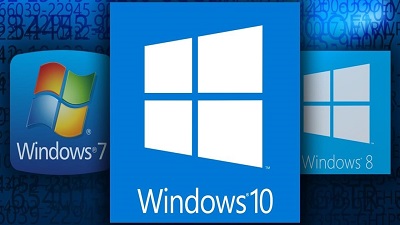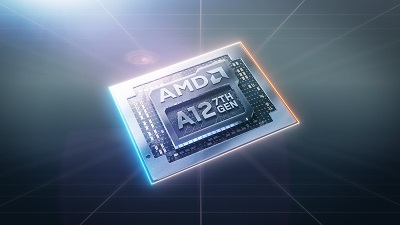|
Microsoft released a security advisory about a denial-of-service vulnerability that could render multiple versions of Windows completely unresponsive and has no mitigation factors, the company says. The vulnerability affects all versions of Windows 7 through 10 (including 8.1 RT), Server 2008, 2012, 2016, and Core Installations. Tagged with the identification number CVE-2018-5391, the bug received the moniker FragmentSmack because it responds to IP fragmentation, a process that adjusts the packet size to fit the maximum transmission unit (MTU) at the receiving end. IP fragmentation attacks are a known form of denial of service, where the victim computer receives multiple IP packets of a smaller size that are expected to be reassembled into their original form at the destination. FragmentSmack is a TCP fragmentation type of attack, also known as a Teardrop attack, that prevents reassembling the packets on the recipient end. The vulnerability is as old as Windows 3.1 and 95, where it crashed the OS, but it was seen in the more recent Windows 7, too. "An attacker could send many 8-byte sized IP fragments with random starting offsets, but withhold the last fragment and exploit the worst-case complexity of linked lists in reassembling IP fragments," reads Microsoft's advisory on the bug. There is a possible workaround posted on OUR FORUM. A SENIOR GOOGLE research scientist has quit the company in protest over its plan to launch a censored version of its search engine in China. Jack Poulson worked for Google’s research and machine intelligence department, where he was focused on improving the accuracy of the company’s search systems. In early August, Poulson raised concerns with his managers at Google after The Intercept revealed that the internet giant was secretly developing a Chinese search app for Android devices. The search system, code-named Dragonfly, was designed to remove content that China’s authoritarian government views as sensitive, such as information about political dissidents, free speech, democracy, human rights, and peaceful protest. After entering into discussions with his bosses, Poulson decided in mid-August that he could no longer work for Google. He tendered his resignation and his last day at the company was August 31. He told The Intercept in an interview that he believes he is one of about five of the company’s employees to resign over Dragonfly. He felt it was his “ethical responsibility to resign in protest of the forfeiture of our public human rights commitments,” he said. There's plenty more posted on OUR FORUM. AMD CEO, Dr. Lisa Su, has confirmed the company is working closely with Microsoft on the future of cloud computing. Given AMD’s ongoing hardware partnership on the Xbox side of the business that does lend more credence to the rumors that the next-gen Microsoft machine could get a Scarlett Cloud version. Back in July, it was rumored the next-gen Xbox console was going to come in two flavors, one standard hardware box for local gaming and another, a more lightweight machine designed for cloud-based gaming. It would reportedly be a low-power device, with a moderate amount of computing power baked into it do deal with specific game-centric tasks like controller input, image processing, and collision detection, with the heavy rendering done in the cloud. Dr. Su was talking with Jim Cramer, of CNBC’s Mad Money, and was responding to his question about AMD’s relationship with Microsoft, suggesting it was no longer a case of Wintel and more WinAMD. Though, to be fair, that really doesn’t trip off the tongue anywhere near as well. “We’re partnered with them in game consoles,” says Dr. Su, “I think we have a vision of where cloud computing is going and we’re working closely with them.” The earlier console rumors surfaced on Thurrott back in July, after Microsoft mentioned it was at work on its next generation of a games console. The CNBC interview could well hint that AMD has been working with Microsoft to create the hardware which enables parts of a game to be computed locally on the low-power device while the heavy lifting is done in Microsoft’s cloud. We have posted further details on OUR FORUM. |
Latest Articles
|


